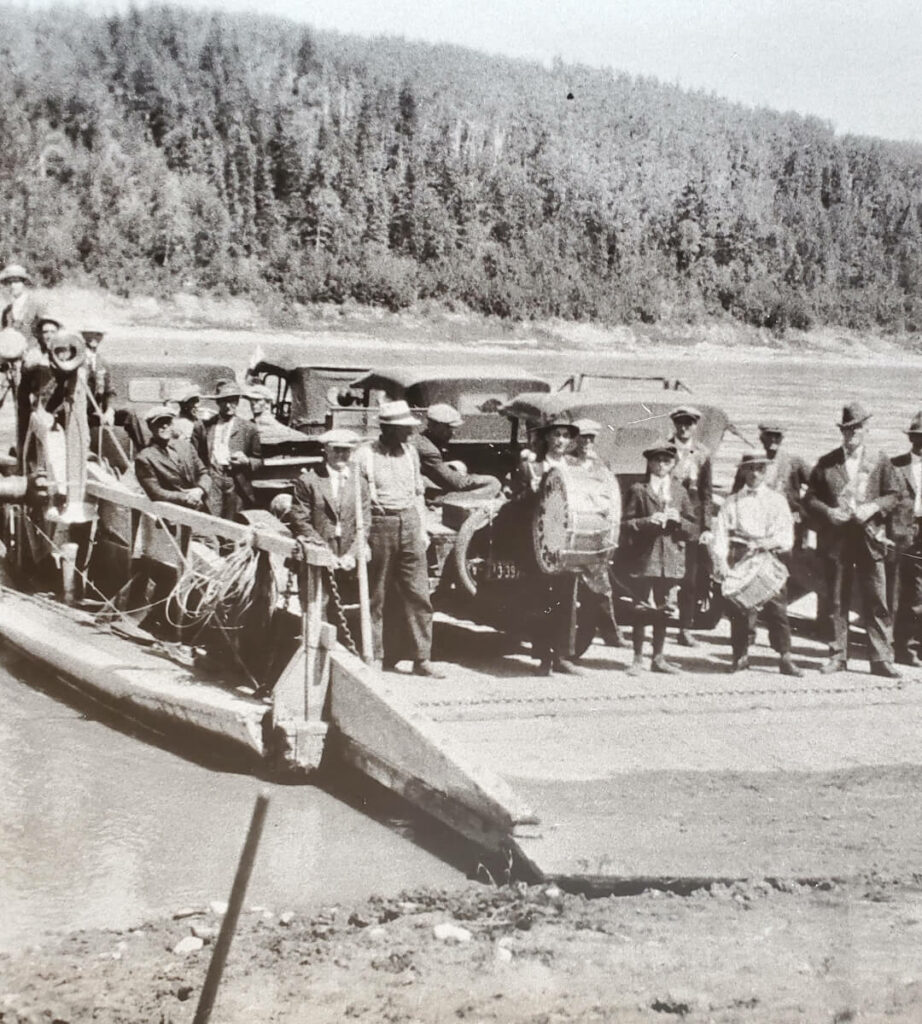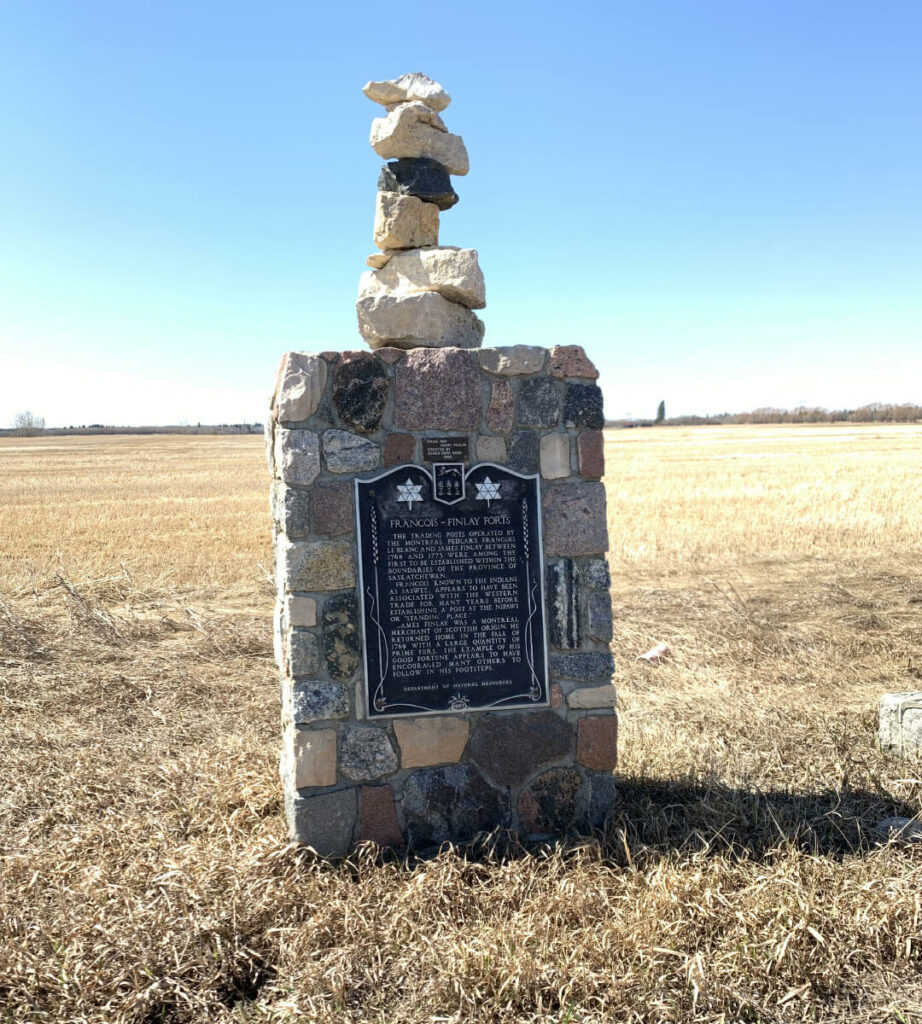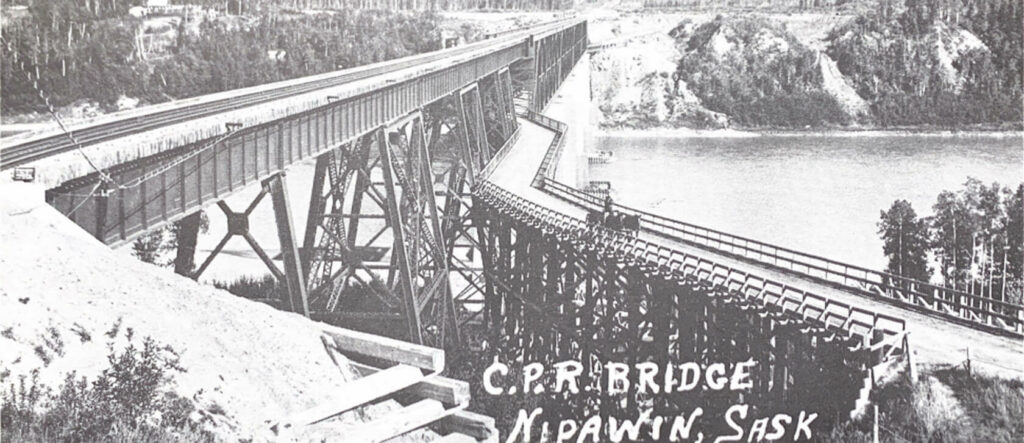search
Menu
Menu
- Government
Government
Nipawin held its first village election on June 2, 1925. On May 1, 1937, Nipawin formally received town status.
- Business & Development
- Community & Safety Services
Operational Services
Community Services
Emergency Services
- Leisure & Recreation
Leisure & Recreation
Our Conference Centre Meeting Space, a Perfect Place to Host Functions and Events
- Government
Government
Nipawin held its first village election on June 2, 1925. On May 1, 1937, Nipawin formally received town status.
- Business & Development
- Community & Safety Services
Operational Services
Community Services
Emergency Services
- Leisure & Recreation
Leisure & Recreation
Our Conference Centre Meeting Space, a Perfect Place to Host Functions and Events
Menu




